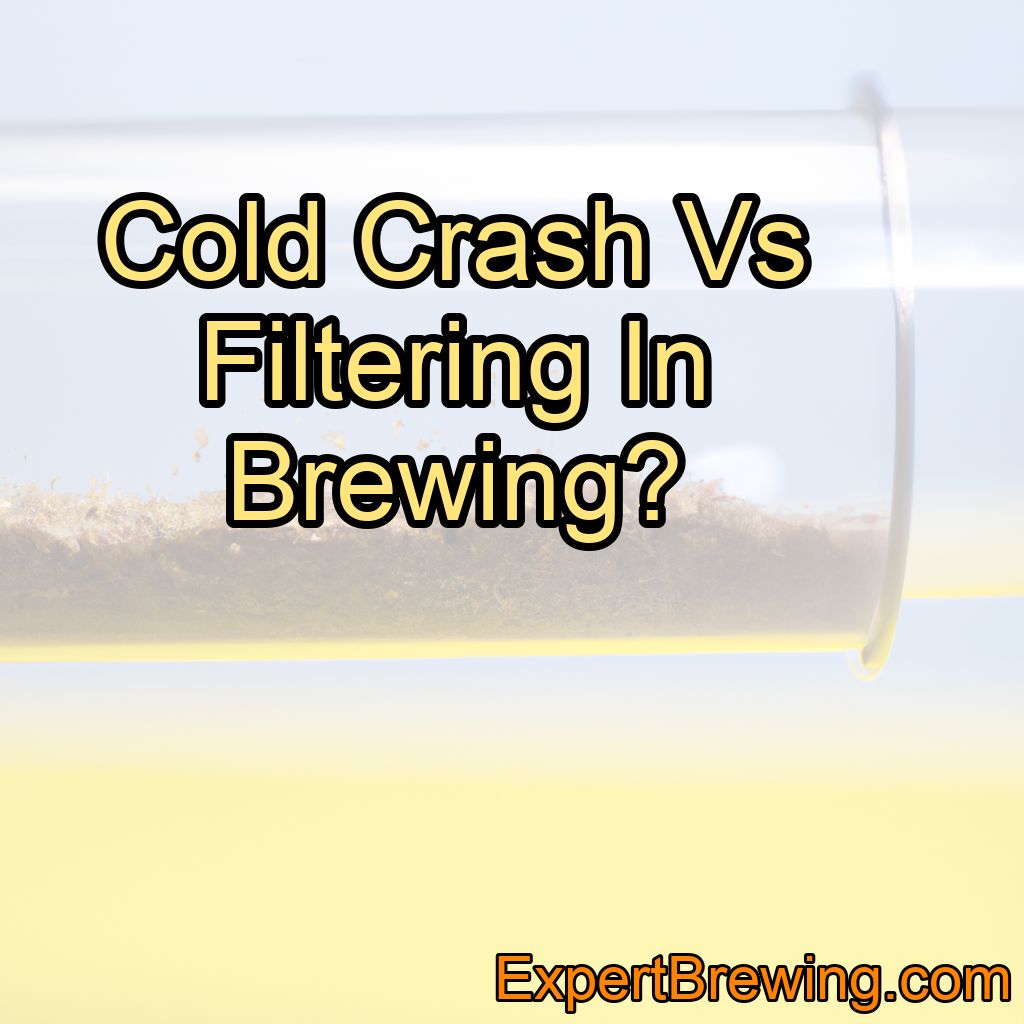Clearing wine is an important phase in the winemaking process. After all, no one wants to serve cloudy or murky wine to their guests.
The process of clarification involves removing suspended particles in the wine, resulting in a clear, bright, and attractive beverage. To help you achieve this, I’ve compiled 5 best ways to clear wine.
So, how do we clear wine? There are several methods to clear wine, including natural settling, racking, fining, filtration, and cold stabilization. Each method has its benefits and drawbacks, and the method you choose largely depends on your specific needs and resources.
Natural Settling
The simplest form of wine clearing is natural settling. This involves simply letting the wine sit undisturbed, allowing the sediment to fall to the bottom of the container. The clear wine is then carefully siphoned off, leaving the sediment behind.
While this method requires the least amount of intervention, it can be time-consuming and may not remove all the sediment. Despite its drawbacks, natural settling is a good first step in the clearing process, as it reduces the amount of sediment that needs to be removed by other methods.
Racking
Racking is a method that involves transferring the wine from one container to another, leaving the sediment behind. This is done by siphoning the wine off the sediment into a clean container. Racking should be done carefully to avoid disturbing the sediment.

Racking can be a very effective method of clearing wine, but it does require some practice to get right. It’s a method I personally love as it combines the simplicity of natural settling with a bit more efficacy.
Fining
Fining is a process that involves adding a substance to the wine to help remove suspended particles. The fining agent binds with the particles, forming larger clumps that can then settle out of the wine more easily. Some commonly used fining agents include bentonite, egg whites, and gelatin.

While fining can be a very effective method of clearing wine, it does require careful measurement and application of the fining agent. Additionally, some fining agents can affect the flavor or aroma of the wine, so they should be used sparingly.
Filtration
Filtration is a more advanced method of clearing wine. It involves passing the wine through a filter to remove suspended particles. The type of filter used can vary, with options including pad filters, cartridge filters, and cross-flow filters.

While filtration can result in very clear wine, it does require specialized equipment and can be more complicated than other methods. However, the results are often worth it, resulting in a crystal clear wine that is ready to drink.
Cold Stabilization (Cold Crashing)
Finally, cold stabilization, also known as cold crashing, is a method used to remove tartrate crystals from the wine. These crystals can form when wine is chilled and can make the wine appear cloudy. By chilling the wine before bottling, these crystals can be formed and removed, resulting in a clearer wine.

Cold stabilization does require the ability to chill large quantities of wine, which may not be feasible for all home winemakers. However, it is a very effective method of clearing wine, especially for those who prefer to serve their wine chilled.
Conclusion
Clearing wine is a crucial step in the winemaking process, and there are several methods available to achieve a clear, bright wine. Whether you prefer the simplicity of natural settling, the precision of filtration, or the effectiveness of cold stabilization, there is a method to suit every winemaker’s needs.
Here are some key facts about clearing wine:
1. Clearing wine is an important step in the winemaking process.
2. Natural settling is the simplest method, but can be time-consuming.
3. Racking involves transferring wine from one container to another to leave the sediment behind.
4. Fining uses agents to bind with particles and form larger clumps that can settle out of the wine.
5. Some fining agents can affect the flavor or aroma of the wine.
6. Filtration requires specialized equipment but can result in very clear wine.
7. Cold stabilization is used to remove tartrate crystals from wine, but requires the ability to chill large quantities of wine.
8. The method of clearing wine you choose largely depends on your specific needs and resources.
9. All of these methods can be effective, but may require practice to perfect.
10. A combination of methods is often the best approach to achieving clear, bright wine.
FAQs
Can I bottle cloudy wine?
Yes, you can bottle cloudy wine. However, it is generally recommended to clarify the wine before bottling to improve its appearance and stability. Cloudiness in wine can be caused by various factors such as suspended particles, yeast, or microbial activity. Clarification methods like fining or filtration can help remove these particles and improve the wine’s clarity. Bottling cloudy wine may result in sediment settling at the bottom of the bottle over time, affecting its visual appeal.
What is the best way to clarify wine?
The best way to clarify wine is through a process called fining. Fining agents such as bentonite, egg whites, or activated carbon are added to the wine to bind with and remove unwanted particles and impurities. The choice of fining agent depends on the specific characteristics of the wine. It is important to note that fining should be done carefully, as excessive fining can strip the wine of desirable flavors and aromas.
How do you clarify and stabilize wine?
To clarify and stabilize wine, several methods are commonly used in winemaking. One method is fining, where substances like bentonite, egg whites, or gelatin are added to the wine to attract and bind with unwanted particles, making them easier to remove. Another method is filtration, which involves passing the wine through a filter to remove any remaining solids. Additionally, winemakers may also use cold stabilization, where the wine is chilled to encourage the precipitation of tartrates, preventing their formation later. These processes help improve the visual clarity and stability of the wine, ensuring a more appealing and consistent product.
How clear should wine be before bottling?
Wine should generally be clear before bottling, with minimal to no visible sediment or cloudiness. Clarity is an important quality characteristic, indicating that the wine has been properly clarified and stabilized. It ensures a visually appealing product and can also contribute to the perceived quality and shelf life of the wine.
How do you fix cloudy wine?
Cloudy wine can be fixed by using fining agents. Fining agents are substances that help clarify the wine by binding to the particles causing the cloudiness and causing them to settle. Common fining agents include bentonite, gelatin, and egg whites. It is important to follow the instructions provided by the specific fining agent and allow enough time for the particles to settle before racking or bottling the wine.
How do you clear up cloudy wine?
To clear up cloudy wine, you can try a few methods. One common approach is to use fining agents such as bentonite, gelatin, or egg whites, which help to clarify the wine by binding to the suspended particles and sediment. Another method is cold stabilization, where you refrigerate the wine to encourage the settling of solids.
Additionally, you can use filtration techniques like racking or using a wine filter to remove any remaining particles. It’s important to note that cloudy wine can be caused by various factors, so the best method to clear it up may vary depending on the specific circumstances.




